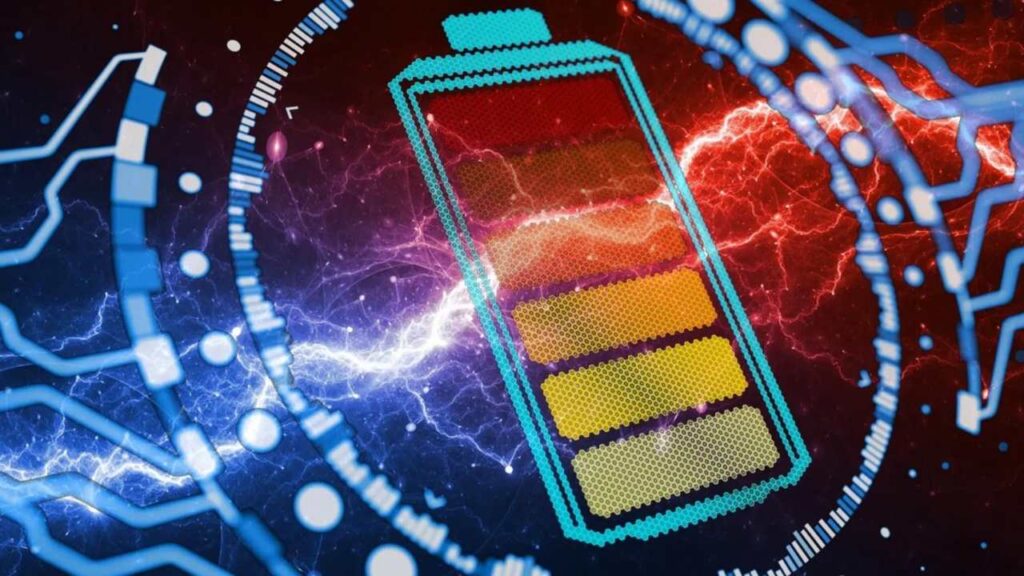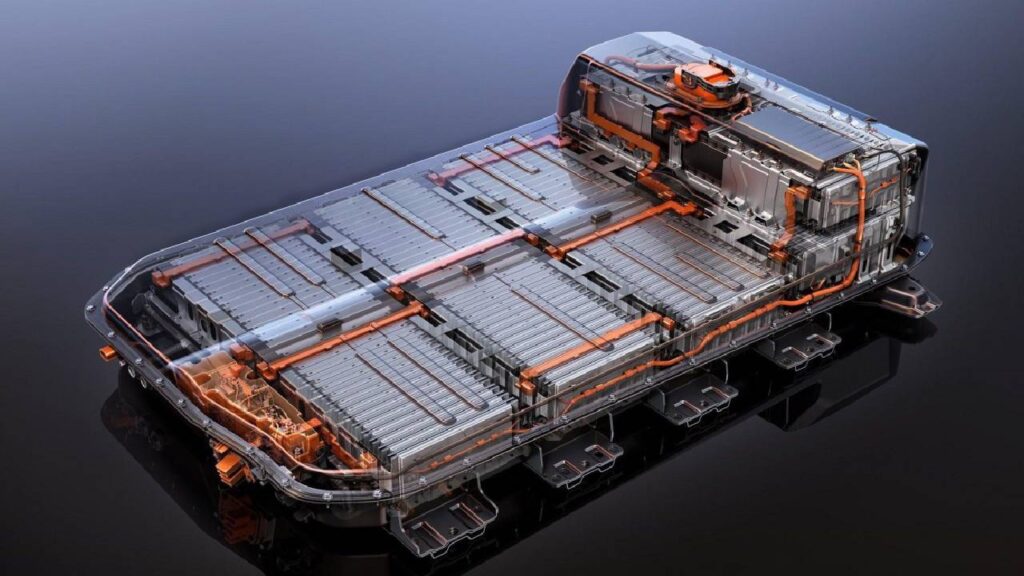In a world where new EV battery tech is being developed almost every other day, it seems like Lithium-ion chemistry might not be the only way forward.
As the R&D in EV battery technology progresses, we might soon get acquainted with the alternatives to Lithium-ion batteries for EVs. In fact, in small volumes, there are already some of these alternatives being used. However, to have either of these on a commercially large scale is still distant. In any case, this opens up new avenues to explore to tackle the shortcomings of Lithium-ion batteries.
You might also like: New CATL Batteries To Retain 80% Capacity After 12 Years
Alternatives To Lithium-Ion Batteries For EVs
Carmakers have been using Lithium-ion batteries in EVs on a large scale for a good part of a decade now. Its advantages include high energy density, decent safety, great affordability, long battery lifespan, power, etc. In fact, a typical Li-ion battery has an energy density of 150-220 Wh/kg.
But its cons will come to the surface in times to come. This includes dependence on rare earth minerals like Nickel, Manganese and Cobalt (NMC), water and resource-intensive mining processes and complexity during recycling. Hence, researchers are looking for alternatives. Among others, the most promising options are the following:
Sodium-Ion Batteries
One of the most promising types of chemistry which could replace Li-ion is Sodium-ion. There are specific reasons for this. In contrast to Lithium which only has limited reserves and the mining process is resource-intensive, Sodium is one of the most abundant elements in the earth’s crust. To put things into perspective, the Sodium-to-Lithium ratio in Earth’s crust is 23,600 parts per million (ppm) to 20 ppm. Even the cost of extraction is substantially lower.
Manufacturing-wise, these batteries can be produced at the same facilities and production lines as the existing Li-ion batteries. Hence, the scalability can be rapid. Moreover, Sodium possesses the ability to be stored and transported at zero volts. This results in massive safety promises. It is also low flammable, further enhancing its safety aspects.
One of the downsides, however, is the low energy density – 140-160 Wh/kg. This reduces the range of EVs, which is a big obstacle in its mass adoption. Secondly, a typical Li-ion battery has a lifespan of around 8,000-10,000 charging cycles. But Sodium-ion batteries are only able to achieve around 5,000. Nevertheless, research is going on to tackle these issues in various parts of the world.

You might also like: Next-Gen EV Batteries From Korean Giants Unveiled At InterBattery 2024
Solid State Batteries
Solid-state batteries offer several advantages over traditional batteries. By using solid electrolytes, they mitigate the risk of dendrite formation, enhancing battery longevity. Furthermore, their reduced flammability improves safety, while their higher energy density and faster charging cycles provide superior performance. However, challenges exist, including scalability issues compared to sodium batteries, which are lower in cost and easier to integrate into existing production infrastructure. Manufacturing costs for solid-state batteries are presently higher than lithium-ion batteries, hindering widespread adoption.
To propel solid battery technology, durable solid-state electrolytes must be developed, although the ideal electrolyte remains elusive. Nonetheless, companies like Solid Power are making strides, boasting a sulfide electrolyte-based battery with significantly higher energy density than lithium-ion alternatives. Solid Power aims to power 800,000 electric vehicles annually by 2028 with its solid-state technology.
While solid-state batteries are commercially available for small-scale applications like wearable electronics, IoT devices, and medical implants, they are not yet suitable for large-scale energy storage. Shirley Meng emphasizes the need for realism, asserting that while viable for IoT and wearables, solid-state batteries must scale to produce terawatt hours of energy to truly impact the energy transition.

You might also like: Are EVs With 1000 km Range Still A Distant Reality?
Lithium-Sulphur Batteries
As the name suggests, these batteries still use some Lithium. But because Sulphur is used instead of NMC, it is more abundantly available in the earth’s core and is less resource-intensive to extract. Apart from that, Sulphur is also a by-product of natural gas processing and oil refining. Till the time this process continues, there won’t be any shortage of Sulphur. The resemblance with Li-ion batteries ensures that their production is easy and scalable using the same manufacturing plants and processes. These are also considerably more energy-dense in comparison to regular Li-ion batteries.
On the other end of the spectrum, there are some peculiar disadvantages which prevent commercialization at the moment. These include poor chargeability which leads to the formation of tree-like structures called dendrites. They can cause short circuits and battery failure. Also, the prototypes have just been able to work for 50 charge cycles, rendering them useless to power EVs. Interestingly, Lithium-Sulphur batteries already exist in the mass market in products like electronic gadgets and wearables.

You might also like: Nyobolt Battery Can Charge Fully In Just 6 Minutes
Learn Electric Cars Says
The EV revolution has reached an intriguing point in its journey. In developed markets like the USA and China, the demand has slowed down. On the other hand, there are still some prominent markets where the transition is still at a much nascent stage but the demand and sales are exponential. These would be countries like India, Brazil, Thailand, Singapore, etc.
In the meantime, there are new breakthroughs in EV battery technology on a daily basis. This constant development is not going to stop anytime soon. Therefore, at this point, we can infer that there will probably be no single silver bullet. Multiple batteries and technologies would co-exist depending on the use cases. That’s why it is prudent to learn about all the new EV battery types that have a shot of making it to the mass market as alternatives to Lithium-ion batteries for EVs.


Pingback: Mazda & Panasonic To Work On Cylindrical Cells For EV Batteries
Pingback: Doesn't Make Sense To Have Such Heavy EV Battery Packs: Stellantis CEO
Pingback: therapist long island
Pingback: faw99
Pingback: Funny videos
Pingback: YINDEE LOTTO
Pingback: where to rent a boat in fort lauderdale
Pingback: fox888
Pingback: สล็อตเกาหลี
Pingback: saipay789
Pingback: ทางเข้า lucabet
Pingback: happyluke
Pingback: สกรีนแก้ว
Pingback: Aviation Tire
Pingback: Mennekes Wallbox reduziert
Pingback: mines game download apk
Pingback: วิธีสร้างเพจ
Pingback: Magic Mushroom Capsules
Pingback: บริการของ นีโม่ สล็อต
Pingback: ร้านดอกไม้
Pingback: Thai restaurant Portland
Pingback: essentials fear of god
Pingback: สายคาดกล่องอาหาร
Pingback: ร้านเค้กวันเกิดใกล้ฉัน
Pingback: custom pc hyderabad
Pingback: massage outcall Bangkok girls
Pingback: ufabet777
Pingback: Pinco indir
Pingback: Christian Prayer Books
Pingback: situs toto
Pingback: aviator game online
Pingback: clothing manufacturer
Pingback: kings chance app
Pingback: checkslip
Pingback: vg98